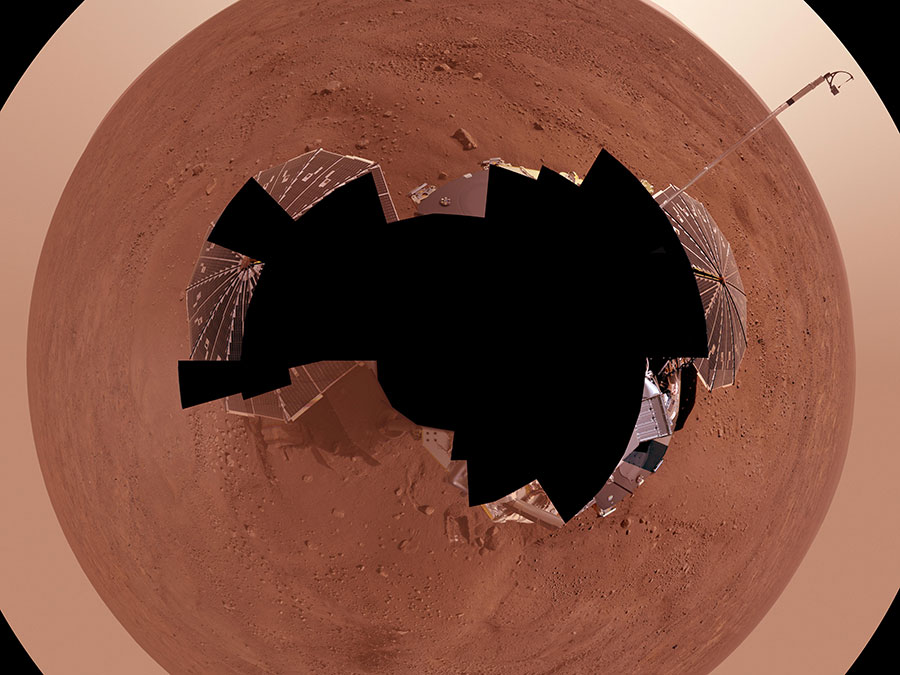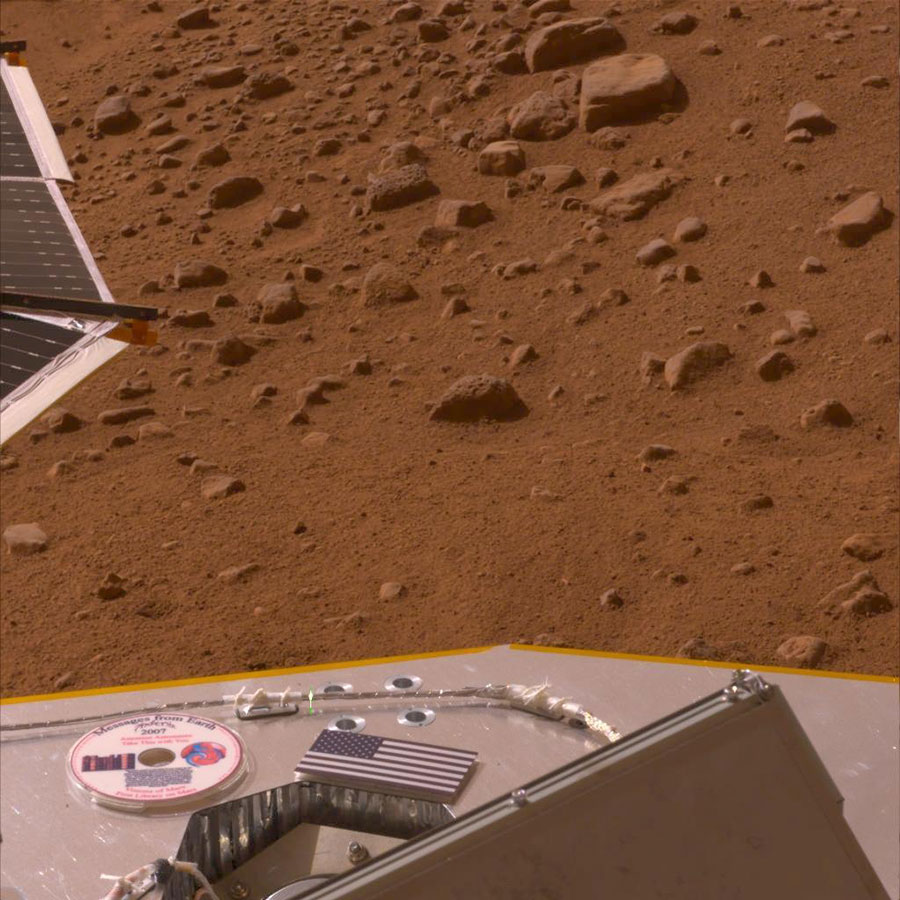
Exploring the universe is a step toward understanding the vast space surrounding Earth. One of our neighboring planets is a focus in the efforts to learn more about the history of our galaxy. Mars has characteristics similar to Earth and learning more about the Red Planet could help us better understand the one we live on. NASA has made strides exploring Mars in the past decade, including the discovery of water.
Ten years ago, on July 31, 2008, NASA’s Phoenix Mars lander confirmed the presence of water ice on Mars. Water ice simply means that it contains the same elements as the water we have on Earth, and is not another form of ice. For example, “dry ice” is the solid form of carbon dioxide. Part of NASA’s Scout program, Phoenix launched from the Space Coast of Florida on August 4, 2007, with a mission to study the history of water in the Martian arctic and search for evidence of a habitable zone (NASA). After touching down in Mars’ polar region on May 25, 2008, the small lander observed the Martian ice, soil, and atmosphere in hopes of learning the ice caps seen by the Mars Odyssey orbiter a few years prior were made of water ice.

After a few tries, the lander successfully collected a soil sample containing ice from a trench two inches deep. For the first time in history, Phoenix “tasted” the Martian soil, testing it for the right elements. Soon after, scientists at the University of Arizona confirmed it was water ice.
Phoenix didn’t stop there. The lander continued to make more discoveries. During its mission, Phoenix documented the weather on Mars, including observing snow falling from the clouds. It found concentrations of salt that could be nutrients for life, and identified a mineral in the ice called calcium carbonate, suggesting the occasional presence of thawed water.
Many wonder why the discovery of water ice matters. It’s about finding the organic materials, and the building blocks for life. With this type of information, we can learn more about the history of Mars, and how it became a desert wasteland.
Phoenix ended up exceeding its intended 90-day mission, studying the planet a total of five months. In 2010, NASA lost contact with the lander completely, but the data it collected continued to be studied for years after. You can learn more about NASA’s plan to explore Mars and deep space in our Journey to Mars: Explorers Wanted attraction.




